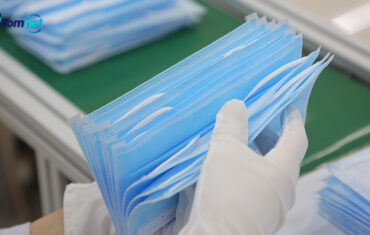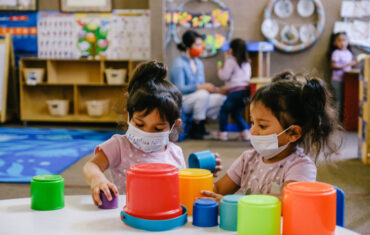During Coronavirus in US, some emergency departments have now run out of key medical supplies. Even in the best of times, importing medical supplies into the US can present challenges. They require the complex legal, regulatory and enforcement landscape. The country look beyond its borders to meet the urgent demand for critical medical supplies to address COVID-19. Then, practical guidance is critical to help importers may be granted entry into US markets as expeditiously as possible. Under the Food, Drug, and Cosmetic Act, the U.S. Food and Drug Administration recognizes three classes of medical supplies. These are based on the level of control necessary to secure safety and effectiveness.
CLASS I: GENERAL CONTROLS
Class I devices are subject to “General Controls”. Most Class I may enter the US simply by making sure the medical supplies labeling complies with FDA regulations. Class I devices are not significantly important in preventing harm to human health or not support life. When importing medical supplies they may not present an unreasonable risk of illness or injury. Examples of Class I devices include bandages, medical gloves, face masks, and hand-held surgical instruments.
CLASS II: GENERAL CONTROL WITH SPECIAL CONTROL
Class II Devices carry a greater risk. If a Class II device is found to be faulty, this may result in injury or harm to the users. In addition to general controls, Class II devices must also conform to special controls. These special controls can include labeling requirements, performance standards and postmarket surveillance. Postmarketing surveillance can further filter, or verify or deny. The safety of a drug after number of people who have a broad variety of medical conditions, used in the general populace. Therefore, devices in this class perform as indicated without causing injury or harm to patient or user. Some examples of Class II medical supplies include motorized wheelchairs, infusion pumps and surgical drape.
CLASS III: GENERAL CONTROLS, SPECIAL CONTROLS, AND PREMARKET APPROVAL
Class III medical supplies require premarket approval, a scientific overview to ensure the device’s safety and usefulness. They also have the general controls of Class I and II. Class III devices usually support human life. Besides, they are importance to prevent harm of human health, or present a possible, unnecessary risk of illness or injury.
Overall, all imported medical supplies, even if just into customs warehouses, are considered to be “in U.S. commerce” and therefore subject to FDA jurisdiction. The FDA and U.S. Customs Border Protection work together to determine the legal status of FDA regulated imports.







5 thoughts on “Medical supplies were imported to US”